Optimal Timing for Mini Split Cleaning
Mini split cleaning frequency can impact system efficiency and indoor air quality. Proper timing ensures optimal performance and longevity of the unit.
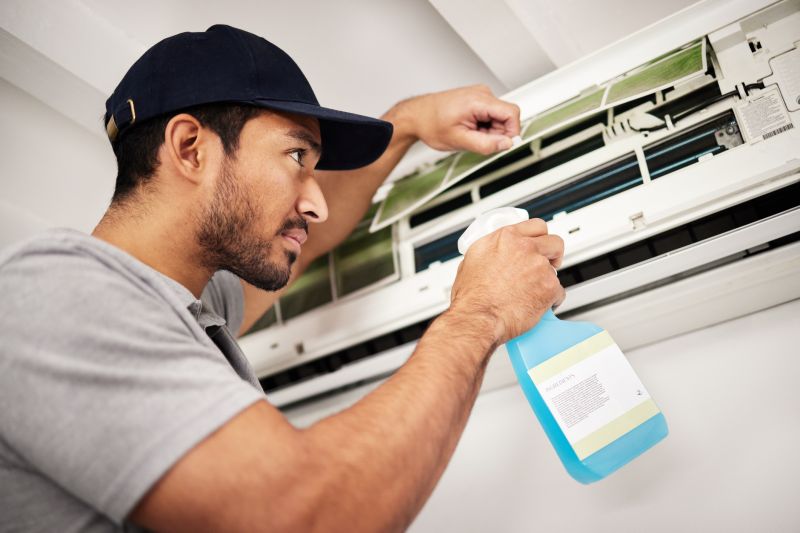
Cleaning before the cooling season helps remove dust and debris accumulated during winter.
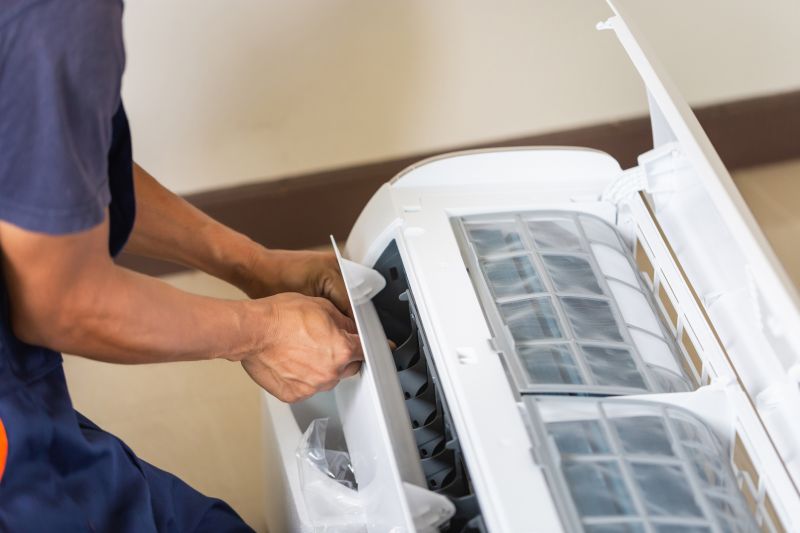
Mid-season cleaning ensures the system runs efficiently during peak usage.
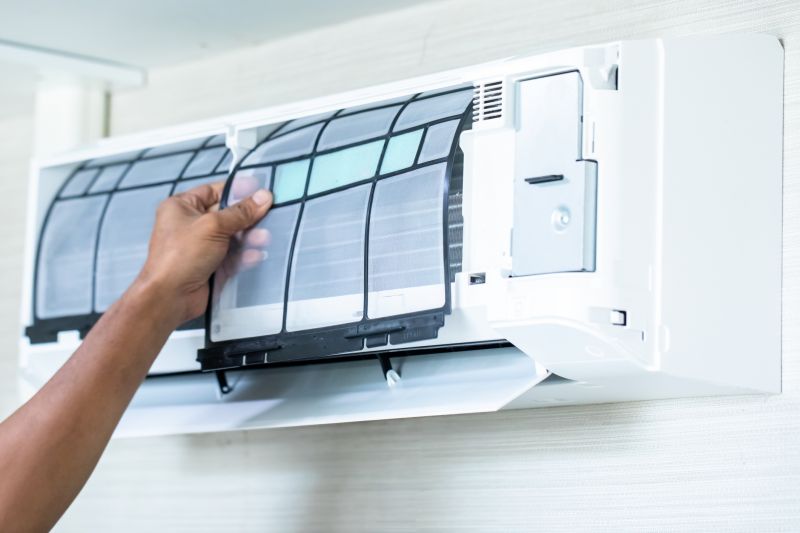
Cleaning before the heating season starts maintains air quality and system performance.
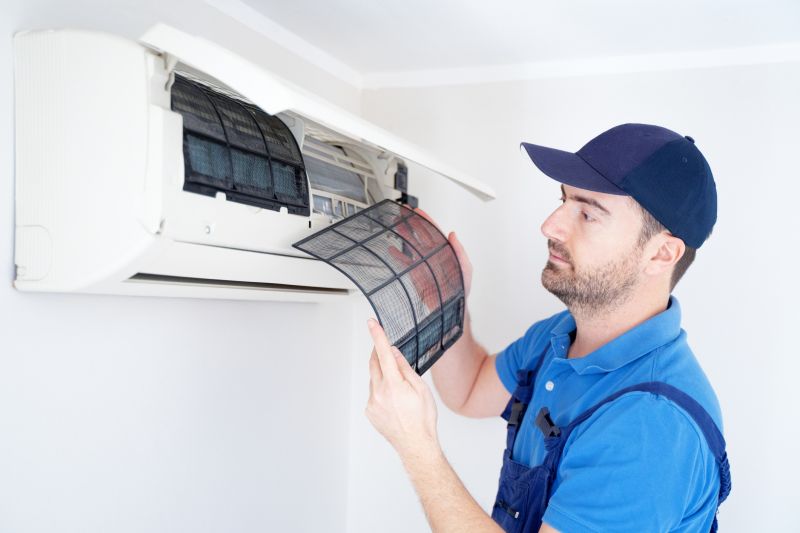
Ways to make Mini Split Cleanings work in tight or awkward layouts.
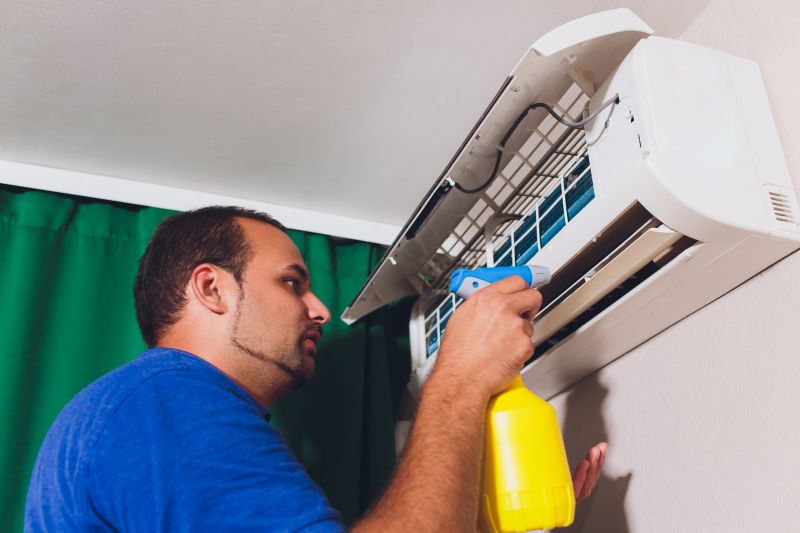
Popular materials for Mini Split Cleanings and why they hold up over time.
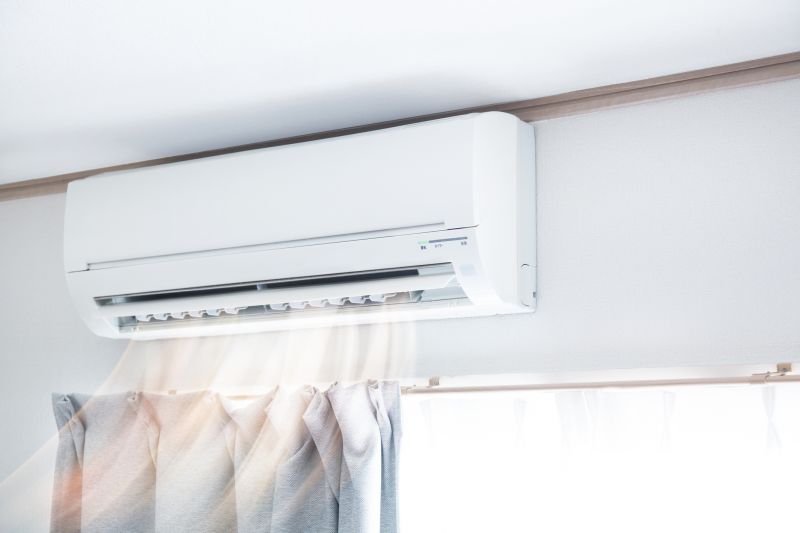
Simple add-ons that improve Mini Split Cleanings without blowing the budget.
Mini split systems require regular maintenance to operate efficiently and prevent issues such as reduced airflow, increased energy consumption, and system breakdowns. Typically, cleaning is recommended at least twice a year—once before the cooling season and once before the heating season. However, in environments with higher dust or allergen levels, more frequent cleanings may be necessary.
Perform cleaning at the start of each season to ensure peak performance.
Increase cleaning frequency if the system is used in dusty or allergen-prone areas.
Regular cleanings can improve energy efficiency by maintaining airflow and heat exchange.
Cleaning helps reduce mold, bacteria, and allergens in indoor air.

Removing and cleaning filters improves airflow and indoor air quality.
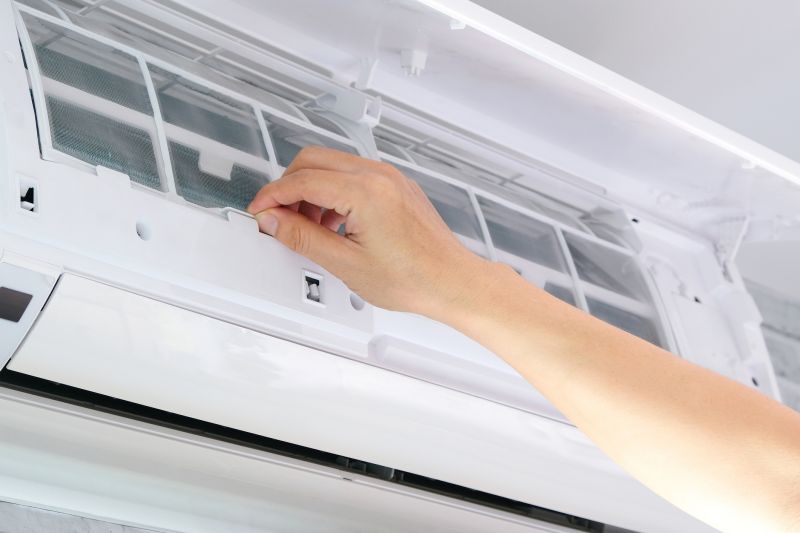
Cleaning coils enhances heat exchange efficiency.
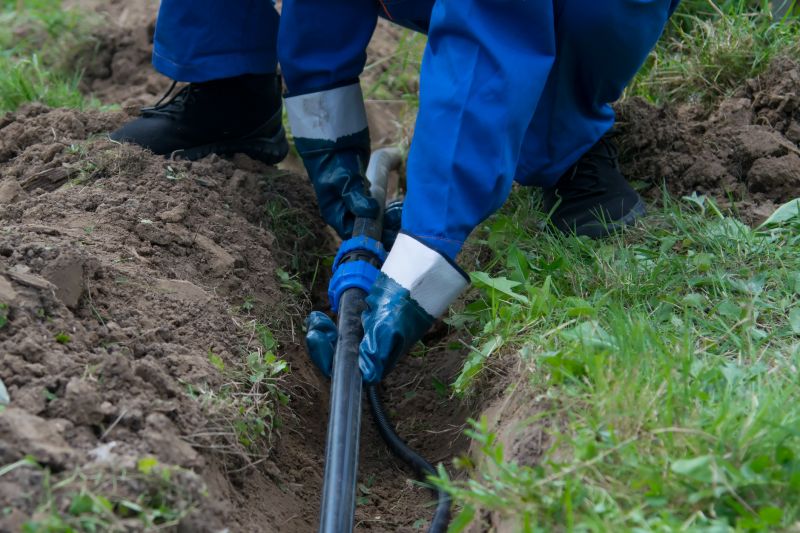
Ensures proper drainage and prevents water damage.

Regular checks can identify issues early and maintain system health.
| Timing | Recommended Frequency |
|---|---|
| Pre-summer | Once before the cooling season |
| Mid-summer | Optional, for high usage environments |
| Pre-winter | Once before the heating season |
| High dust areas | Every 3-4 months |
| Post-construction or renovation | Immediately after completion |
| Allergy-prone environments | Every 2-3 months |
| System performance issues | As needed |
| End of season | After peak usage |



